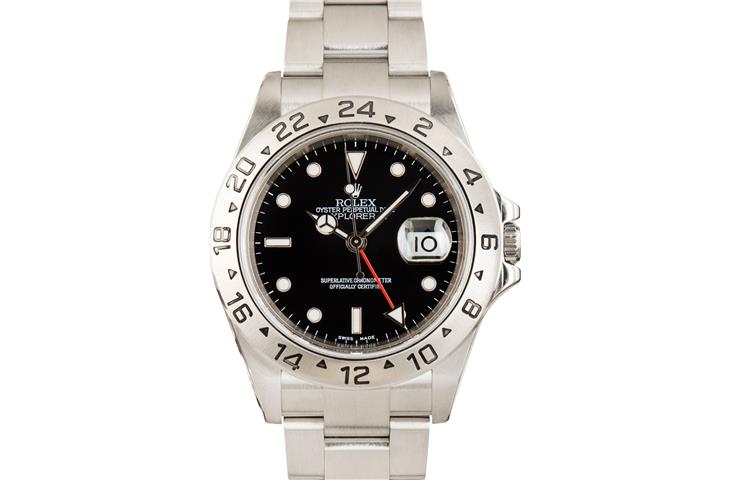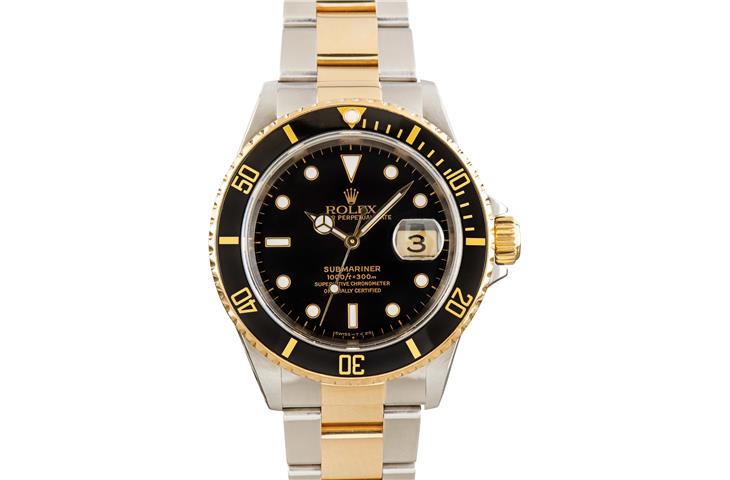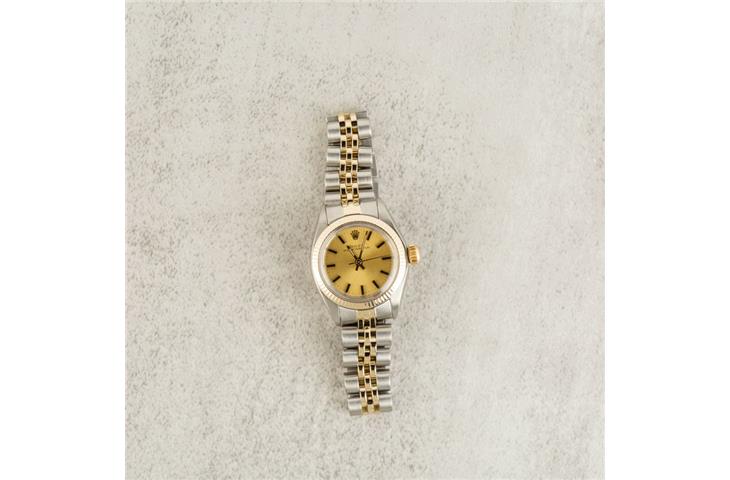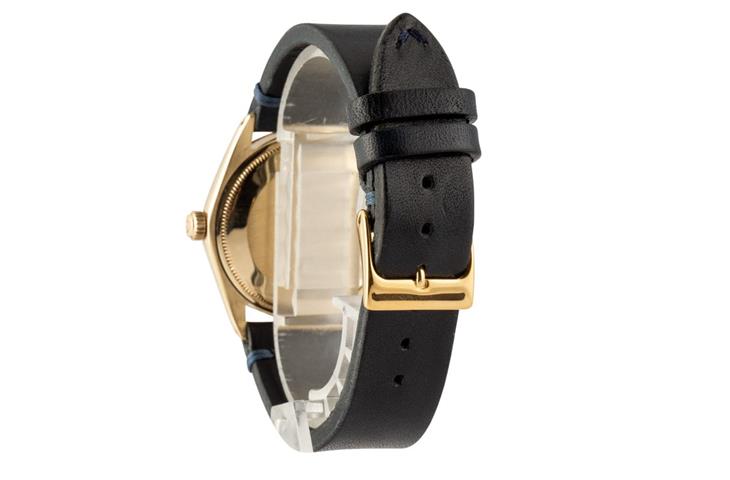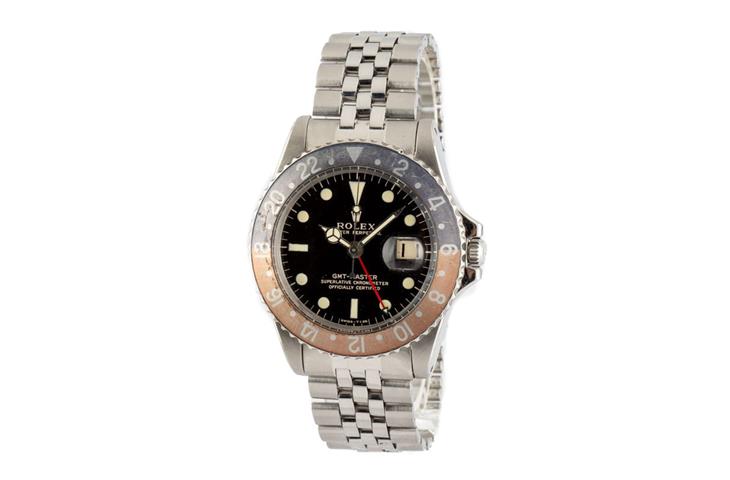Rolex watches mean luxury, precision, and top-notch craftsmanship.Ever wondered where these famous watches come from? They’re made in Switzerland – the watchmaking capital of the world. However, the story doesn’t end there.
Where are Rolex watches manufactured?
How are Rolex watches assembled?
What materials are used in Rolex watches?
How long does it take to make a Rolex?
Why are Rolex watches so expensive?
Are all Rolex parts made in Switzerland?
How does Rolex ensure quality control?
What makes Rolex movements special?
How has Rolex production changed over time?
What’s Rolex’s approach to sustainability?
From materials to final assembly, Rolex keeps everything up to their super high standards. Let’s dive into how Rolex makes their watches – where they’re built, how they’re put together, and why they’re so amazing. Whether you’re a watch geek or just curious, you’ll come away loving these watches even more.
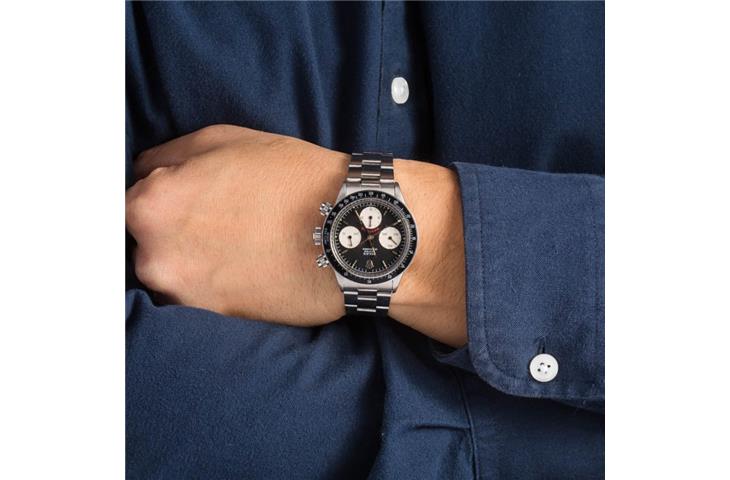
Where are Rolex watches manufactured?
Every Rolex is made in Switzerland, where they’ve been making watches forever. Their main factory is in Geneva, where expert watchmakers carefully put each watch together.
They’ve got four high-tech factories in Switzerland, each handling different parts. One place makes cases and bracelets, another handles dials and gem work. This way, they’re experts at every step of watchmaking.
That ‘Swiss Made’ label isn’t just for show – it’s the real deal by law. To get that label, most of the work and final checks have to happen in Switzerland.
Rolex goes way beyond that – pretty much everything happens in Switzerland. That’s why everyone respects Rolex for being so well-made and precise.
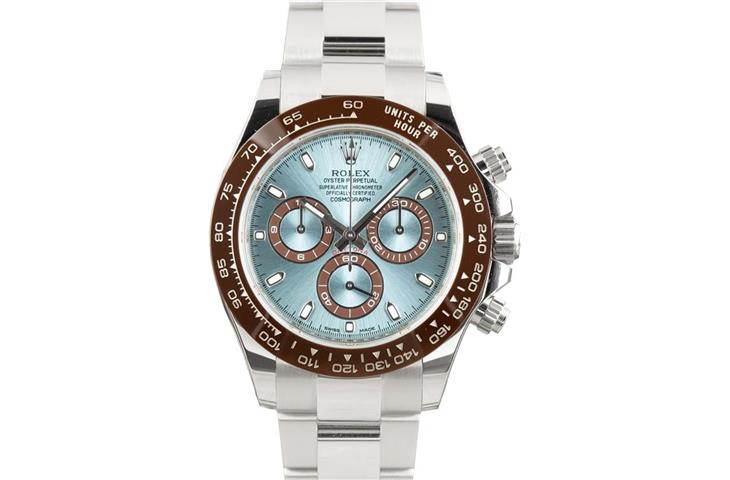
How are Rolex watches assembled?
Putting together a Rolex is like a perfect mix of engineering and handwork. Each watch has hundreds of tiny parts that all have to fit just right.
It starts with the movement – Rolex makes their own, and it takes watchmakers years to learn how to assemble them. They work in super clean rooms under microscopes to get every tiny part in exactly the right spot.
What’s cool is Rolex makes almost everything themselves. Most brands buy parts from others, but Rolex makes their own metals, oils – pretty much everything.
This means they can control quality like no one else. Take their special hairspring – it handles magnets and heat better, and they make it themselves with a secret recipe.

What materials are used in Rolex watches?
Rolex picks only the best stuff, and they’ve invented a lot of it too. They use 904L steel – tougher and more rust-proof than what other brands use. They even have their own gold factory, making special rose gold that doesn’t fade.
They’re just as picky about diamonds and gems. Experts hand-pick every single diamond and gem that goes into their watches.
They’ve got fancy settings where gems look like they’re floating with no metal showing. Even the glass is made in-house – super clear and nearly impossible to scratch.

How long does it take to make a Rolex?
It takes a whole year to make one Rolex – way longer than you’d think. That’s not because they’re slow – it’s because they won’t cut corners.
Every single part gets tested over and over. Their waterproof cases get tested way beyond what they claim. The movements get checked for weeks in all kinds of conditions.
The crazy part? Most of this work you’d never even notice. Just the hairspring takes months to make and test.
The watch faces get checked in all kinds of light. Every single bracelet link gets polished and checked. All this care is why Rolex watches stay valuable for decades.
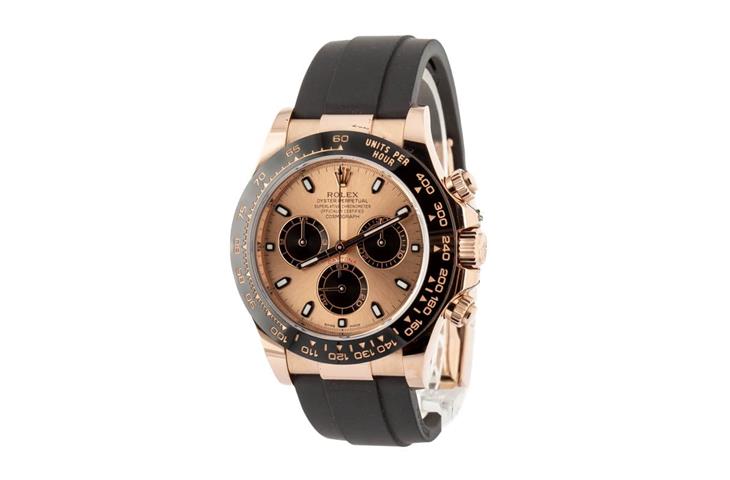
Why are Rolex watches so expensive?
Sure, Rolex costs a lot because they’re great, but there’s more to it.
First, they use top-shelf materials – special steel and their own gold mixes. Second, the work takes real experts.
Hundreds of skilled hands work on each watch. Third, they spend tons on research and new ideas. That special hairspring took years to develop.
They also keep prices up by controlling how many they make. They don’t make tons of watches – that keeps them special and well-made.
Being rare and built to last makes them hot on the resale market. Some Rolexes go up in value – they’re not just watches, they’re investments.
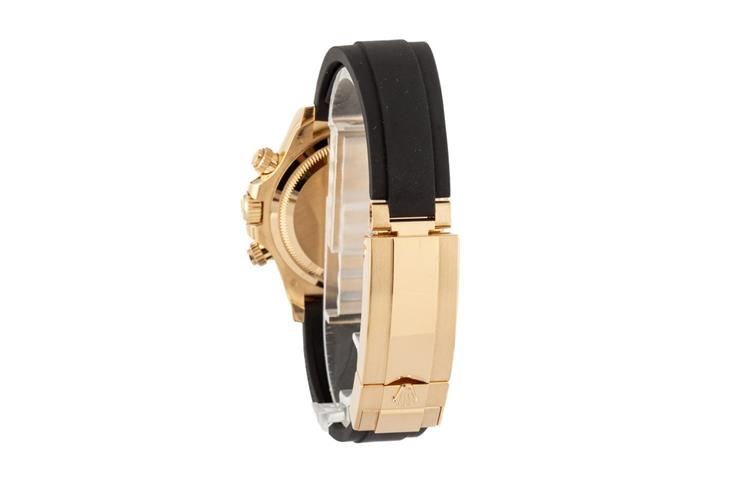
Are all Rolex parts made in Switzerland?
Yep, pretty much everything in a Rolex comes from Switzerland. They’re super proud of their Swiss roots and keep tight control over their parts.
They even get their raw materials straight from Swiss suppliers. They make their own movements – most brands buy them from others.
Only tiny parts like some rubies might come from outside Switzerland. But even those get tested hard at Rolex. They even make their own tools to keep everything up to their standards.
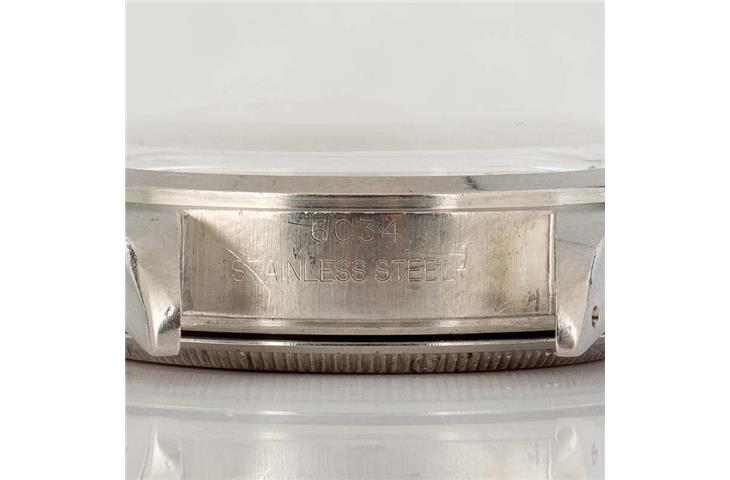
How does Rolex ensure quality control?
Rolex is famous for its crazy strict quality checks. Every tiny part gets checked over and over.
Movements get tested for weeks in all positions and temps. Cases get dunked way deeper than they claim to be waterproof. Dials get microscope checks for flaws you can’t even see.
What’s cool is they’re always getting better. They keep records on every watch they’ve ever made.
This helps them fix even tiny problems in how they make watches. Their labs wear out watches fast to make sure they last years. This crazy attention to detail is why Rolex sets the standard.
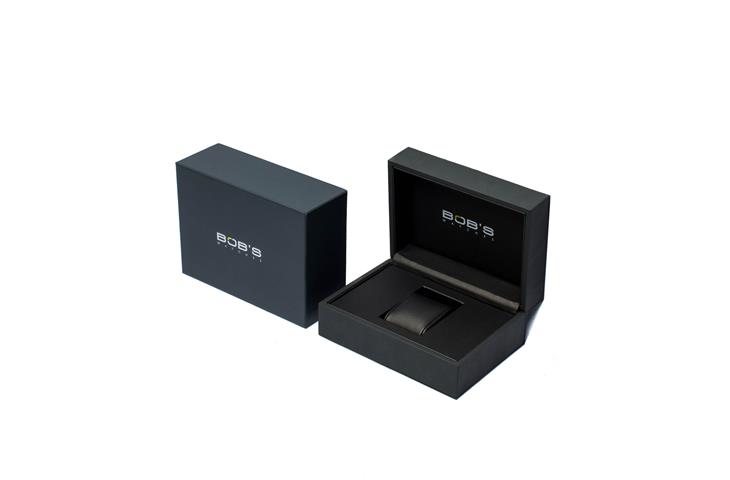
What makes Rolex movements special?
Rolex makes all their own movements – they’re really proud of that. Their movements are crazy accurate, tough, and packed with cool tech.
Take their hairspring – it handles bumps and heat better thanks to special metal. Their self-winding system is so good the watch runs for days without wearing it.
What’s amazing is they’re both super precise and tough. Most super-accurate watches are fragile, but Rolexes can take a beating.
They test movements with forces way stronger than normal use. That’s why divers and astronauts alike trust Rolex.
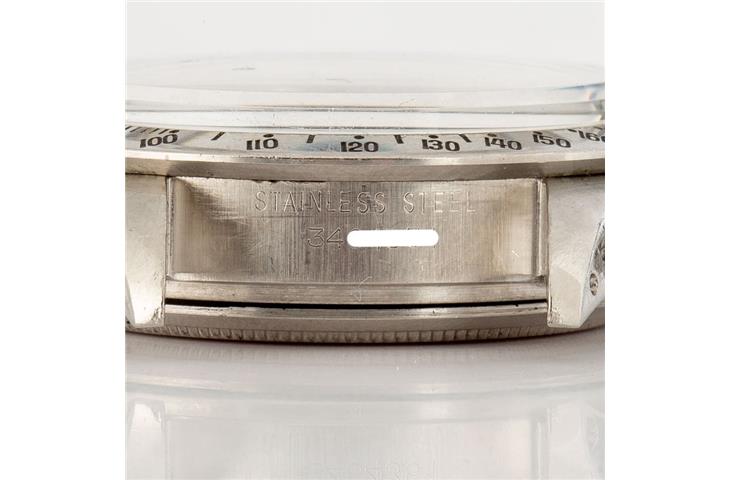
How has Rolex production changed over time?
Rolex has changed a lot since 1905 but never cut quality. At first they bought movements, but started making their own in the 30s.
After WWII, they came up with big ideas like waterproof cases. Lately they make almost everything themselves, even inventing new metals and methods.
Their factories are way bigger and more precise now. Today’s Rolex factories mix high-tech machines with old-school handwork.
They’ve got robots helping humans check movement accuracy. Despite these advancements, the core values remain—every Rolex is still assembled by hand, with the same attention to detail that made the brand famous.
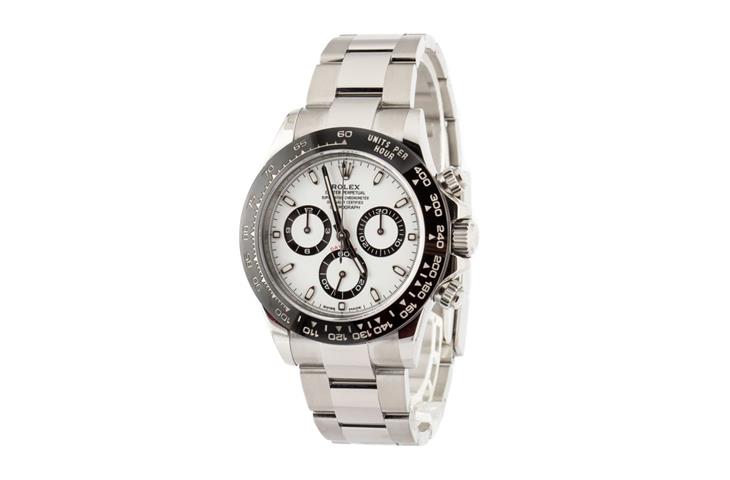
What’s Rolex’s approach to sustainability?
Rolex takes environmental responsibility seriously, though they’re discreet about their efforts. Their manufacturing facilities incorporate sustainable practices like waste heat recovery and water recycling.
They’ve phased out harmful chemicals in their production processes and prioritize renewable energy sources. The brand is particularly careful about ethical sourcing of precious materials—all gold and diamonds are traceable to conflict-free sources.
Perhaps most impressive is Rolex’s product longevity philosophy. By creating watches designed to last generations with proper care, they inherently reduce waste.
Their service network ensures even decades-old watches can be maintained with original parts. This contrasts sharply with disposable consumer culture, representing a truly sustainable approach to luxury goods. Rolex also supports environmental initiatives through its Awards for Enterprise program, funding conservation projects worldwide.
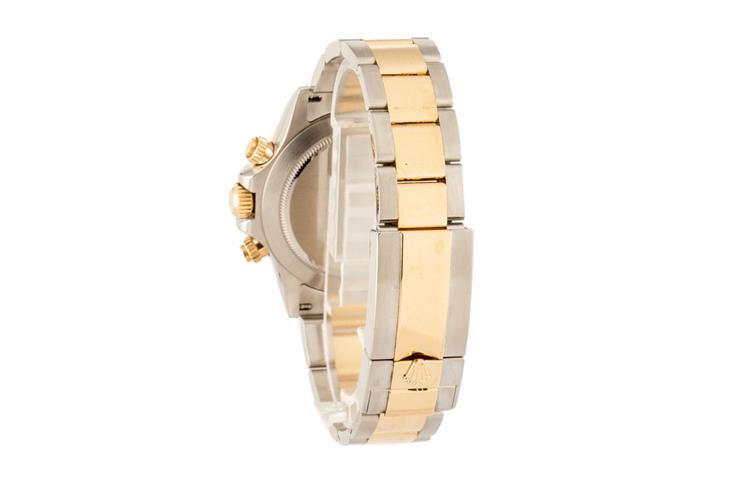
In conclusion
The story of where and how Rolex watches are made reveals why they’re considered the pinnacle of mechanical timepieces. From their Swiss manufacturing roots to their cutting-edge facilities, every aspect reflects uncompromising quality.
Their vertical integration, in-house innovations, and rigorous testing create watches that are both precise instruments and enduring heirlooms. Whether you’re a collector or simply appreciate fine craftsmanship, understanding Rolex’s production process deepens the appreciation for these remarkable watches.
If you’re considering a Rolex, remember you’re not just buying a watch—you’re investing in a piece of horological art with generations of craftsmanship behind it. Visit an authorized dealer to experience these timepieces firsthand, and consider which model best suits your style and needs. With proper care, your Rolex will keep perfect time for decades, becoming a legacy you can pass down with pride.


